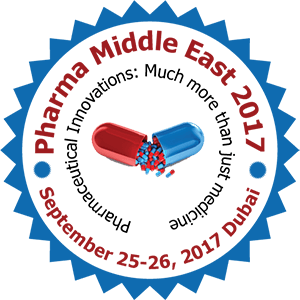Rachael Cheh
The Queen Elizabeth Hospital, Australia
Title: The utility of a medical admissions pharmacist in a hospital in Australia
Biography
Biography: Rachael Cheh
Abstract
Background: Medication-related hospital admissions in Australia have previously been estimated to account for approximately 3% of all hospital admissions, with hospital entry points being a point of vulnerability. The timely medication review and reconciliation by a pharmacist at the early stage of an admission for patients admitted to the Acute Medical Unit (AMU) would be beneficial. Setting: The Emergency Department (ED) and AMU in a 300 bed tertiary teaching hospital, in South Australia. Objective: To investigate the impact of a Medical Admissions (MA) pharmacist on the proportion of AMU patients who receive a complete and accurate medication history by a pharmacist prior to admission and within 4 h of presentation. Method: This prospective observational study with a non-concurrent parallel study design examined a standard clinical pharmacist service within the AMU and ED to a Medical Admissions (MA) Pharmacist, in addition to the standard AMU and ED pharmacist service. Continuous variables were analysed using a two sample t test, whilst categorical data were analysed using Fisher’s exact test. Risk ratios were also calculated for categorical data, with p < 0.05 taken as statistically significant. Main outcome measures: Rates of completion of a complete medication history prior to admission and proportion of patients seen within 4 h of presentation by a pharmacist. Results: The intervention resulted in more patients receiving a complete medication history prior to admission (2.7% in the control group vs 18.5%, p < 0.01) and being seen by the pharmacist within 4 h of presentation (1.6% in the control group vs 7.5%, p < 0.01). Conclusion: Implementation of an extended hours clinical pharmacy service in the form of a medical admissions pharmacist based in the ED significantly increased the number of complete medication histories and clinical reviews completed for patients being admitted to an AMU. These were also completed earlier in the patients’ admission. There was also a small trend toward increasing the proportion of patients discharged by 11 am in the intervention group.

